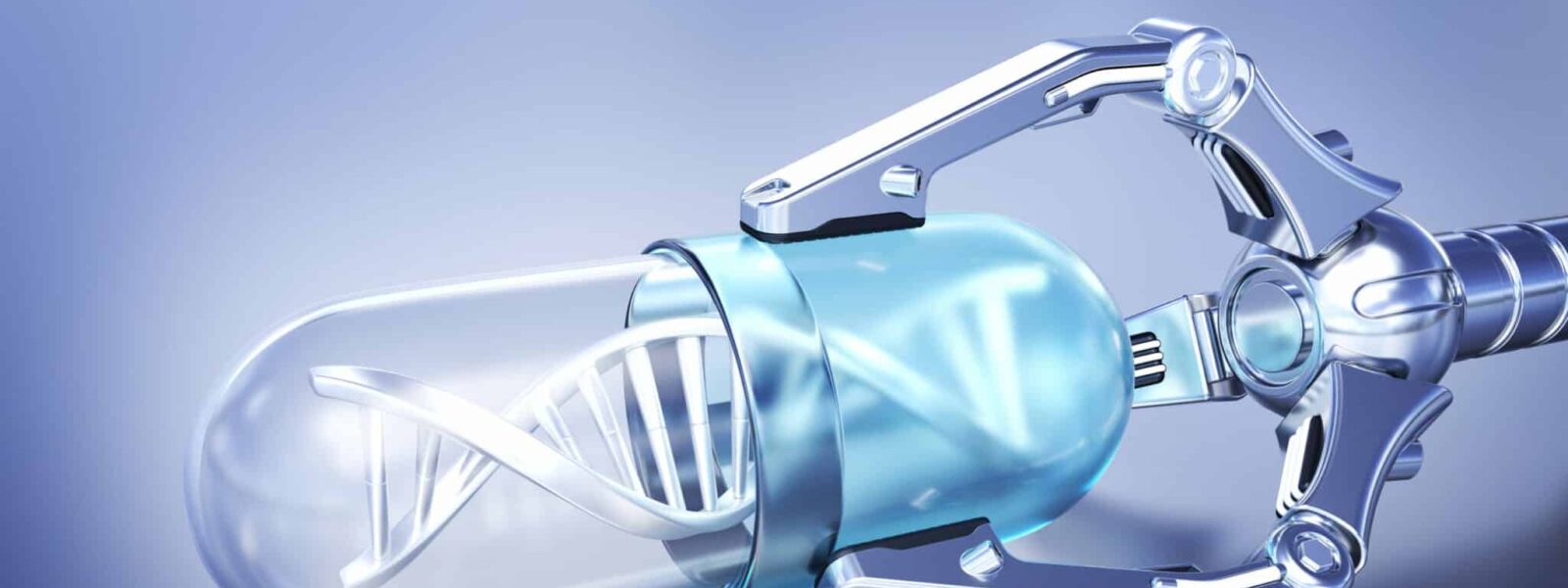CRISPR : can we reach a global consensus on genetic modification?
Since the birth of Lulu and Nana in 20218, two Chinese twins born from embryos in which a gene involved in HIV infection was modified, a red line has been crossed. Announced at the Second International Summit on Human Genome Editing in Hong Kong, the event was described as “a failure of self-regulation by the scientific community due to a lack of transparency” by Nobel laureate David Baltimore, who was co-chairing the session at the time.
The WHO immediately investigated the issue. It mandated an Advisory Committee of experts, of which I am a member, to produce the first global recommendations on human genome modification. After more than two years work, this committee has just presented a set of good practice rules to accompany, from an ethical and legal point of view, the technological revolution represented by genome editing, facilitated by the CRISPR-Cas9 system (Nobel Prize for Chemistry 2020).
Since its development, this technology has been a source of hope for the treatment of rare diseases or cancers. However, even in the context of non-inheritable modifications, which are accepted by most cultures, the issues of medical relevance, equality of access to treatment regardless of the medical development of the patient’s country, or the economic viability of approaches with strong intellectual property cannot be ignored.
CRISPR, the technology that makes (almost) anything possible
CRISPR is a molecular scissor that can modify DNA with unprecedented precision, to the order of a single nucleotide (the basic unit of DNA: A, T, C or G). Emmanuelle Charpentier and Jennifer Doudna, who discovered it, were awarded the Nobel Prize in Chemistry in 2020 – only 8 years after their discovery. This rapid award is due to the ease and reliability of using CRISPR.
It is a system that consists of an enzyme – Cas9 – and a short strand of RNA, the guide sequence, which precisely targets the place in the genome to be cut. The cell’s natural repair mechanisms then correct the DNA, break, and complete the modification. CRISPR is now the reference tool for molecular biology and gene therapy.
On muscle, skin or even brain cells, the use of CRISPR must meet the ethical standards of human genome modification (medical relevance, respect for biological material of donors, consent, safety, etc.). If the modification targets embryonic cells or gametes (oocytes or spermatozoa), it can be transmitted to descendants. This possible inheritance raises additional questions.
Gene modification: what relevance?
From the outset of our work, we have set out the main principles of appropriate governance for the use of human genome modification systems. First and foremost, it is important to include the context. Economic development, access to health care or the level of scientific expertise varies from one country to the next. These factors influence the medical relevance or social acceptance of medical approaches. It is also essential to establish supervision of projects involving the modification of the human genome. The scientific community must be able to analyse the implications of each programme beforehand and monitor their implementation following the work.
The UN agency also proposes to support institutions and governments in the development of their regulations on the use of human genome editing technologies. Finally, this process must be done in dialogue with the public. It is crucial to improve people’s understanding of the issues at stake in genome editing, in order to promote an inclusive and peaceful debate. The WHO has chosen to propose a governance framework rather than holding an international convention. This approach is more flexible and can accommodate the rapid evolution of technologies and accompany current human genome editing programmes for medical purposes while anticipating what will follow.
The risks inherited modifications
While the use of genome editing tools to treat cancer does not go against bioethics in principle, other purposes are questionable. The most worrying option involves heritable modifications, meaning those concerning either the gamete (sperm or egg) or the embryo. In such cases, the modifications would be transmitted to the patient’s descendants – and potentially their respective descendants. This practice is prohibited in most countries around the world. However, there are legal grey areas where unscrupulous clinics may slip through the net. Although, given the current state of the science, it is irresponsible to modify an individual’s genome in a heritable way: the mechanisms for modifying DNA are not the same in somatic cells (which ensure the functioning and structure of the organism) and in germ cells (which are likely to form gametes and whose genetic material can be passed on to descendants). Moreover, it is not known how these tools work outside somatic cells and there are indications that they are not even reliable in the germline.
To allow a heritable genome modification it will have to meet three sets of criteria: scientific, medical, and societal. If one day a reliable and controlled technique with a near-zero risk of error were to be developed, the scientific context could be met and the decision to use it to induce a heritable modification could be considered. For example, a serious, incurable, genetically transmissible disease for which pre-implantation diagnosis (i.e. selection of embryos not carrying the mutation), would not be possible. This is like cases of risk to recessive genetic diseases where both members of a couple are affected and therefore constitutes a medical context where heritable modification could be discussed. The severity of the condition and the absence of other possible responses could lead to societal approval, which is ultimately necessary.
WHO: the rules of good practice
Does this open-ended thinking encourage a slippery slope to genome editing for personal convenience? No. Not if we maintain the requirement of triple relevance. For example, to reduce human impact on natural resources, an eco-transhumanist group proposed that humans should be only 80cm tall. As such, they envisaged modifying the genome of human offspring to limit their height – but there is no medical reason whatsoever for this intervention to take place, so the protocol was refused.
To carry out this reflection, the WHO proposes to accompany countries in the development of responsible regulations. Nonetheless, it is not a question of imposing a set of rules. Nations with different legal approaches, such as Germany and the United Kingdom, ensure a strict ban regime, although they are completely different. Several avenues for responsible regulation are possible.
However, the WHO will not be able to prevent a rogue state from crossing ethical boundaries. The UN organisation is a power of influence, not obligation. Nevertheless, since the start of this fact-finding mission, China has passed new, more restrictive laws, Russia has formally banned its researchers from heritable modification of the human genome, and fertility clinics in Turkey have removed offers of germline modification from their websites. All in all, a good start!















